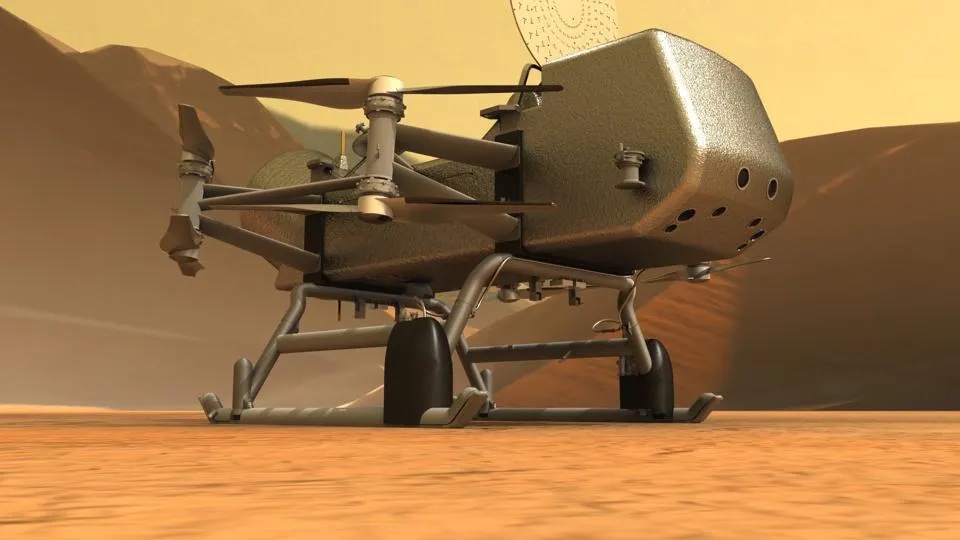The concept of hybrid power, familiar in cars, may soon be soaring into the skies, driving a new era of jet airliners. NASA, in partnership with GE Aerospace, is developing a cutting-edge hybrid-electric jet engine that uses both traditional fuel and electric power to significantly reduce fuel consumption.
This advanced engine design incorporates electric components that assist the fuel-burning core. Electric motors generate power, which is then fed back into the engine, reducing the overall fuel needed to operate. By supplementing fuel combustion with electricity, this innovative approach has the potential to revolutionize air travel, making it more efficient and environmentally friendly.
Continue reading… “NASA and GE Collaborate on Hybrid-Electric Jet Engines for a Greener Future”












